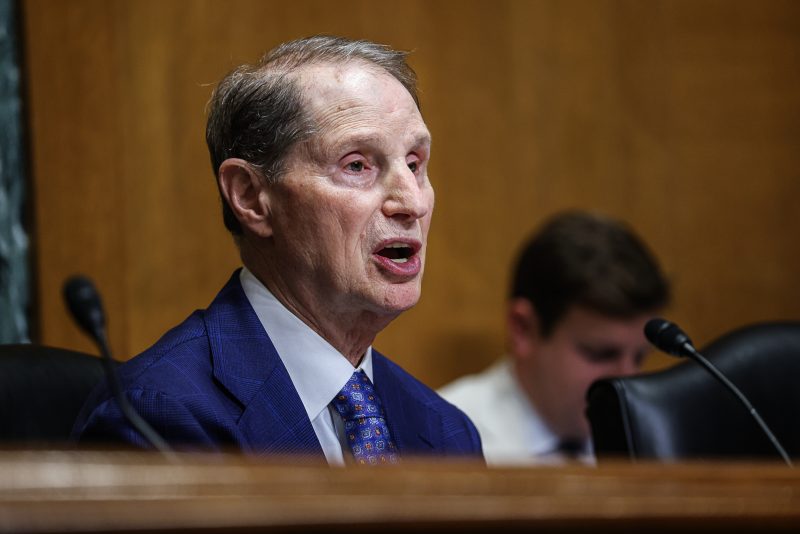In a sweeping move that could fundamentally transform the United States judiciary, lawmakers on Capitol Hill have put forth a groundbreaking bill to overhaul the Supreme Court.
The proposed legislation aims to increase the number of justices sitting on the highest court in the United States from its current nine to fifteen. It is an audacious proposal that would alter the Supreme Court’s composition, marking the biggest shift in this institution since it was established more than two centuries ago.
This is not the first time such discussions have surfaced. The idea of expanding the Supreme Court came into focus during President Franklin Roosevelt’s tenure, where he proposed adding up to six more judges to counter a conservative court that consistently invalidated his New Deal legislation.
However, today’s context is very different. The current proposal comes amid heightened partisan tension in US politics, where individuals on both sides of the aisle express discontent with the court’s perceived biases.
The architects of this proposed legislation, notably including Democratic Representative Jerry Nadler, Representative Hank Johnson, and Senator Ed Markey, argue that the proposed expansion is primed to restore balance and integrity to the Supreme Court. They form an opinion from the standpoint that the institution has been manipulated with the speedy appointment of justices by the Trump administration, consequently pushing the court into a more conservative leaning.
Their point of view is contrasted by critics who argue that adjusting the Supreme Court’s structure and expanding its ranks could trigger further division and politicization, rather than promoting balance and impartiality. Critics, predominantly Republicans, express concerns that this plan is a power grab fueled by political motives rather than principled judicial reform.
The proposed legislation brings forth several important considerations about governance, judicial neutrality, and the hits and misses of the Supreme Court’s current construction. Key aspects of the proposal include not only an increase in justices but also term limits for them, soliciting widespread debate about the tradition of lifelong appointments.
Of course, even if the legislation is passed in Congress, it will still have to bear scrutiny by the very institution it seeks to reform – the Supreme Court.
While the proposal has been hailed by some as a step towards revitalizing impartiality and fairness in American democracy, others perceive it as a dangerous escalation of partisan politics within the judicial realm.
The future of the Supreme Court hangs in a precarious balance. Whether this proposed legislation will navigate the turbulent waters of partisan politics to effect transformative change remains uncertain. Such an unprecedented move would undoubtedly shape the historical trajectory of this venerable institution, impacting not just the court’s future rulings but also the broader landscape of American politics and society.
